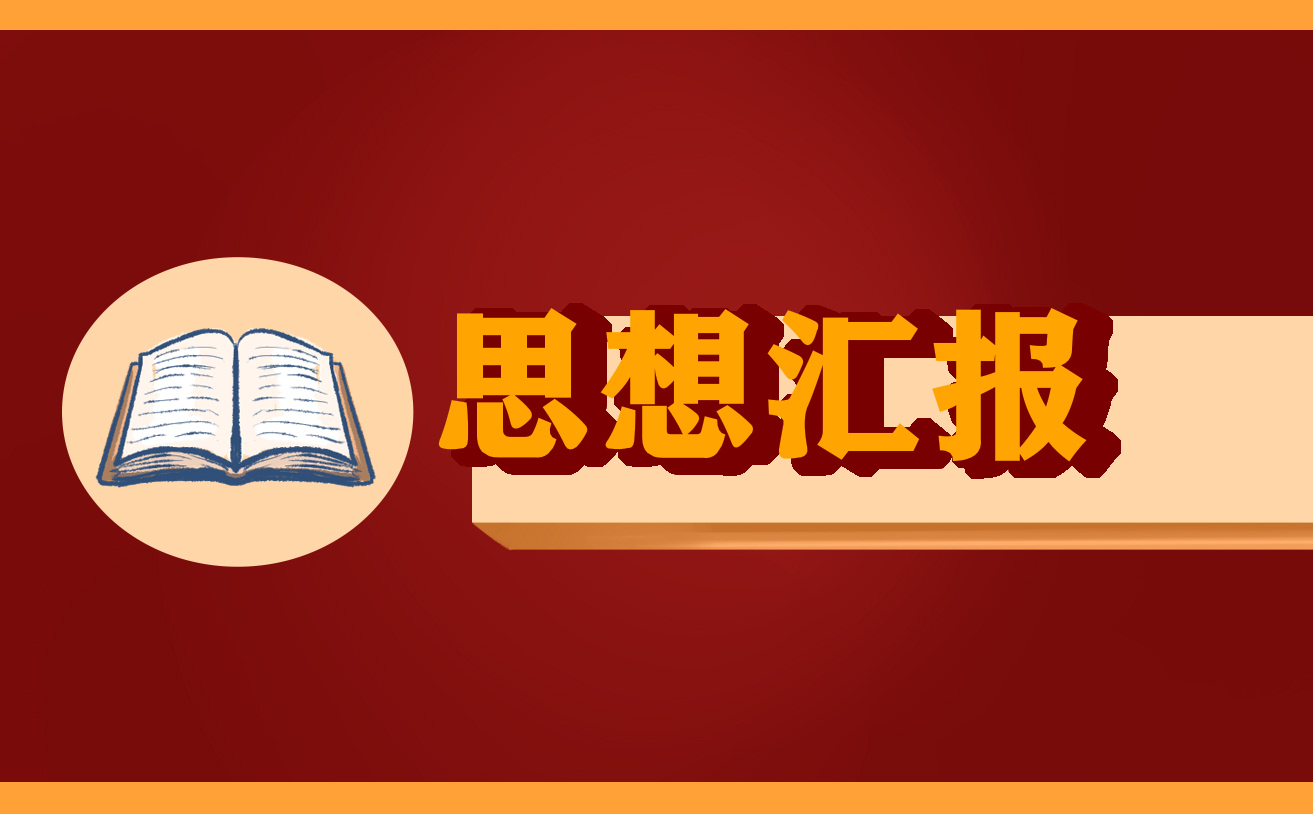下面是小编为大家整理的冠状病毒时代大学:美国高等教育面临挑战【优秀范文】,供大家参考。

A
C ollege
in
the
T ime of
C or ona virus
CHALLENGES
F A CING
AMERICAN
HIGHER
EDUC ATION
Andr e w
P .
K elly
and
R ooney C olumbus JU L Y
2020
A
M
E
R
I
C
A
N
E
N
T
E
R
P
R
I
S
E
I
N
S
T
I
T
U
T
E
N
Ex ecutiv e
Summary
early
all
colleges
and
unive rsities
mo ved
online in
spring
2020 because
of
CO VID-19 .
The
shift upended
the
routines
of
stude nts,
faculty,
and
sta ff alik e.
M any
obse rve rs
ha ve
speculated
about
the futur e
of
Ame rican
highe r
education
aft e r
the
pan - de mic
in
light
of
the
fundame ntal
challe nge
it
poses for
institutions
that
we r e
originally
designed
t o
bring large
gr oups
of
people
t ogether
for
t eaching,
learning,
resear ching,
and
socializing.
CO VID-19
pr esents
unique
obstacles
for
colleges and
unive rsities .
It
constr ains
their
ability
t o
offer
core se rvices—educational
and
othe rwise—while
e nsuring the
safety
of
stude nts,
faculty,
staff,
and
surr ounding communities .
These
impedime nts
in
turn
se riously threate n
their
financial
health.
The
looming
fiscal
fall - out
has
alr eady
pr ompt ed
colleges
t o
r educe
staff,
cut salaries,
and
shut t e r
acade mic
progr ams
and
depart - me nts .
M ost
colleges
ha ve
announced
plans
for
an in-pe rson
r eope ning
this
fall,
although
the y
will
mor e likely
offer
mixtur es
of
in-pe rson
and
online
instruc - tion.
Leade rs
ar e
also
gr appling
with
the
logistics
of implementing
exte nsive
public
health
measur es
and pr e paring
continge nc y
plans
for
another
virtual
t e rm in
the
e ve nt
of
vir al
recurr ence.
M or e
than
a
fe w
othe r institutions
will
simply
r e main
online.
H o w
might
the
unce rtainty
of
the
pande mic
and the
e nsuing
economic
disruption
affect
highe r
edu - cation?
This
r e port
discusses
the
challe nges
con - fr onting
colleges
this
fall
and
in
the
years
t o
come.
I n the
near
t e rm,
many
colleges
will
struggle
t o
main - tain
e nrollme nts
fr om
incoming
and
continuing
stude nts .
Some
colleges
also
face
an
unpr ecede nt ed threat
t o
r e ve nues
fr om
auxiliary
ente rprises—hous - ing ,
dining ,
athletics,
parking ,
tr ansportation,
and othe r
fee-supported
se rvices.
I nstitutions
that
wish t o
r eope n
in
the
fall
ha ve
t o
incorpor ate
all
the
r equi - site
public
health
measur es,
create
sufficie nt
flexibil - ity
in
cale ndars
and
delive ry
modes
t o
accommodat e various
sce narios
and
needs,
and
convince
faculty, staff,
and
stude nts
that
necessary
pr ecautions
ar e in
place.
W e
expect
the
pande mic
t o
negatively
affect
the financial
health
of
postsecondary
education
in
the years
ahead.
Some
colleges
will
likely
close
for
good, especially
if
the y
cannot
r eope n
their
campuses for
face-t o -face
instruction
in
the
fall.
I n
addition, online
learning
will
become
mor e
pr e vale nt
across highe r
education
out
of
necessity ,
but
we
doubt
it
will e me rge
as
the
pr eferr ed
mode
of
instruction
among the
majority
of
stude nts .
M ost
stude nts
still
str ongly pr efer
face-t o -face
instruction,
and
the
spring’s
hast - ily
asse mbled
“e me rge nc y
r emote
instruction”
could inspir e
mor e
detr act ors
than
conve rts .
T o
impr o ve
on the
education
offer ed
in
the
spring ,
colleges
will
need t o
invest
in
robust
acade mic
and
stude nt
supports that
can
be
delive r ed
virtually .
F orwar d-thinking institutions
will
r ecognize
that
the
pande mic
has accele r at ed
pr eexisting
demographic
and
financial challe nges
t o
their
model
and
will
tr anslat e
neces - sary ,
short -t e rm
modifications
in
course
delive ry ,
stu - de nt
se rvices,
acade mic
cale ndars,
and
pricing
and
fee structur es
int o
lasting
reforms .
A
C ollege
in
the
T ime
of
C or ona virus
CHALLENGES
F A CING
AMERICAN
HIGHER
EDUC ATION
Andr e w
P .
K elly
and
R ooney C olumbus
t
the
onset
of
the
global
outbr eak
of
cor ona- virus,
writ e rs
sear ched
for
any
silve r
lining
amid escalating
unce rtainty
and
tr agedy .
One
sour ce
of optimism:
P ast
plagues
ha ve
give n
rise
t o
some
of
the most
important
works
of
lite r atur e
and
science. 1
Wil - liam
Shakespear e
penned
se ve r al
se minal
pla ys— King Lear ,
M acbeth ,
and
Antony
and
Cleopatr a —during the
bubonic
plague
in
the
early
1600s . 2
Similarly, I saac
N e wt on’s
annus
mirabilis
(“year
of
wonde rs”) occurr ed
during
another
outbr eak
in
the
mid-1600s , whe n
he
pionee r ed
scienti fi c
understanding
of
light and
optics,
inve nt ed
early
calculus,
and
theorized motion
and
gr a vity—all
fr om
his
childhood
home
aft e r
Cambridge
shut t e r ed
t e mpor arily . 3
M any
lat ched
ont o
these
historical
narratives as
inspir ation
for
their
ne wfound
fr ee
time
unde r shelte r-in -place.
But
the
st ories
stand
out
partly because
N e wt on
and
Shakespear e
we r e
able
t o
pr o - duce
ge nius
while
in
isolation
fr om
their
lively
int el - lectual
communities
at
Cambridge
and
the
Globe Theate r .
P ut
diffe r e ntly,
the
two
icons
we r e
pr oduc - tive
despit e
their
quar antines,
and
who
kno ws
ho w many
br eakthr oughs
did
not
occur
whe n
unive rsities and
theate rs
shut
do wn
in
the
17th
ce ntury.
W e
ar e
asking
a
similar
question
about
highe r education
t oda y .
Nearly
all
colleges
and
unive rsities mo ved
online
in
the
spring . 4
The
shift
upended
daily routines
for
all
campus
constitue ncies,
fr om
stude nts t o
faculty
t o
the
staff
in
athletics
departme nts,
admin - istr ative
offices,
parking
decks,
and
dining
halls.
It
is
har d
t o
o ve rstate
ho w
fundame ntal
a
change this
was
for
tr aditional
institutions,
which
we r e
specif - ically
designed
t o
bring
stude nts,
t eachers,
research - e rs,
and
othe r
community
membe rs
t ogether
in
close
pr o ximity.
T o
be
sur e,
t echnological
advances
ha ve pe rmit t ed
nume r ous
colleges
t o
offer
state-of - the-art distance
education
courses
and
online
progr ams. 5 But
many
of
these
inno vations
ar e
still
on
the
periph - e ry;
the
typical
college
stude nt
e nrolls
in
a
brick-and - mortar
institution
for
face-t o -face
courses . 6
The
challe nge
no w
facing
most
college
leade rs, as
the y
weigh
diffe r ent
sce narios
for
fall
2020 and be yond,
will
be
ho w
t o
maintain
business
models that
ar e
inextricably
tied
t o
ha ving
stude nts,
faculty, and
staff
on
campus
while
also
e nsuring
the
safety of
their
communities .
M any
ar e
r ee valuating
their entire
ope ration,
give n
that
the
outbr eak
and
its
eco - nomic
disruption
will
affect
nearly
e very
sour ce
of their
r e ve nues.
The
pande mic
will
trial
ce rtain
types
of
colleges mor e
than
othe rs .
A
numbe r
will
almost
ce rtainly close
for
good.
But
some
institutions
ma y
e me rge
on the
othe r
e nd
bet t e r
pr e par ed
t o
confr ont
existing headwinds
that
we r e
alr eady
t esting
highe r
education befor e
the
crisis .
I n
this
r e port,
we
analyze
the
challe nges
confr ont - ing
colleges
and
unive rsities
this
fall
and
in
the
lon - ge r
t e rm
as
the y
weathe r
the
pande mic
and
associat ed economic
challe nges.
Higher E ducation
R esponds
t o
C O VID- 19
The
pande mic
arrived
fast
and
furious
on
highe r
edu - cation’s
r adar
in
M ar ch.
On
M ar ch
6,
the
U nive rsity
of Washingt on
and
Stanfor d
U nive rsity
we r e
among
the first
t o
mo ve
classes
online. 7
Campus
closur es
cas - caded
aft e rwar d,
with
84
colleges
mo ving
online
b y
M ar ch
10
and
nearly
1,400
institutions
going
virtual b y
month’s
e nd. 8
An
analysis
fr om
D avidson
College researchers
r e vealed
that
fe w
four-year
public
and nonpr ofit
colleges
had
a
confirmed
case
of
CO VID-19 on
campus
befor e
closing
their
classrooms .
R ather , the
majority
closed
aft e r
their
go ve rnor
declared
a state
of
e me rge nc y . 9
Some
colleges
fell
back
on
their
existing
online footprint,
but
many
othe rs
had
t o
create
impromptu online
learning
capacity.
A
surve y
b y
Ce ngage
found that
faculty
taught
using
a
variety
of
t echniques
and se rvices
such
as
their
school’s
learning
manageme nt platforms
(83
pe r ce nt),
real-time
video
confe r enc - ing
(80
pe r ce nt), pr e r ecor ded
video
lectur es
of
their o wn
making
( 65
pe r ce nt), or
video
lectur es
designed exte rnally
(51
pe r ce nt). 10
R oughly
two-thir ds
of
fac - ulty
surve yed
shared
that
the y
had
alt e r ed
course assignme nts
or
examinations,
and
just
unde r
half
said the y
lo we r ed
expectations
for
stude nt
work,
dropped assignme nts
or
t ests
altogether ,
or
gr ant ed
pass/fail options
inst ead
of
let t e r
gr ades. 11
A
str ong
majority of
faculty
and
administr at ors
belie ved
these
online courses
we r e
worse
in
quality
than
prior
in-pe rson offe rings
accor ding
t o
another
Chr onicle
of
H ighe r Education
(he r eafte r ,
Chr onicle )
surve y . 12
Stude nts
we r e
unenthused
with
their
educa - tional
expe rie nces
as
well. 13
An
April
surve y
of
o ve r 3,000
continuing
college
stude nts
b y
the
education t echnology ...
推荐访问:冠状病毒时代大学:美国高等教育面临挑战 高等教育 美国 面临



